LEAN, BIM, and Measurably Improving Facilities Life-Cycle Management
Job Order Contracting
OCTOBER 4, 2019
BIM (Building Information Modeling) is the efficient management of the life-cycle of the built environment supported by digital technology. The most significant benefit is total-cost-of-ownership management throughout the life-cycle of a physical asset.





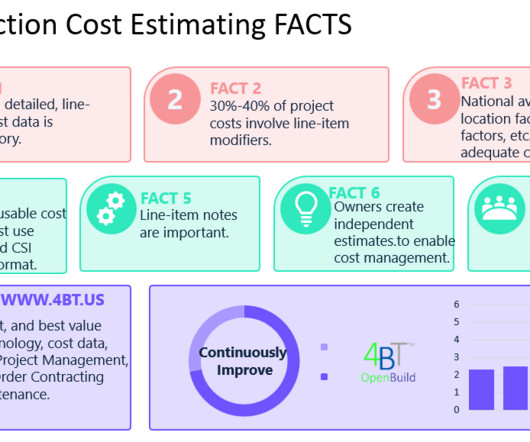






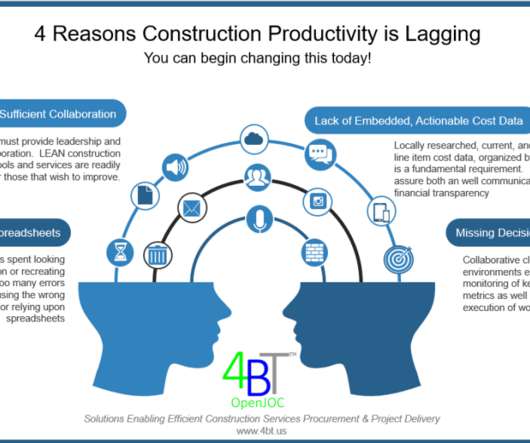


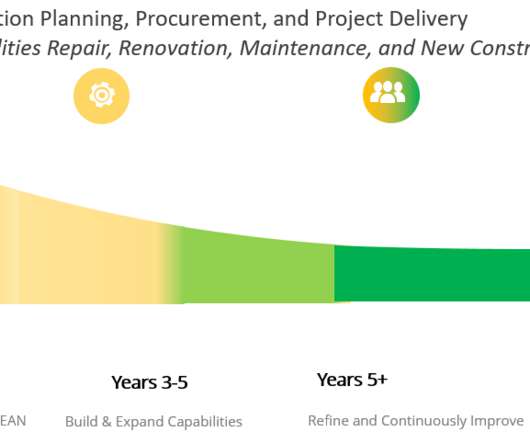


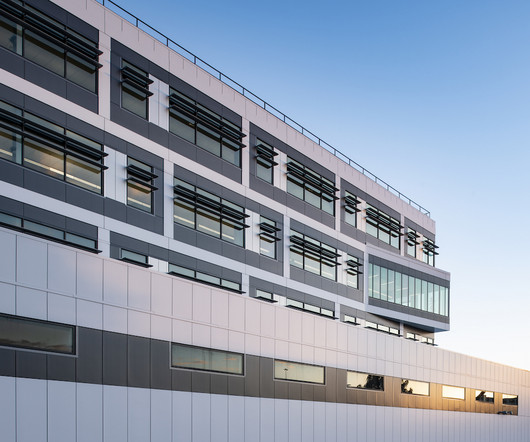
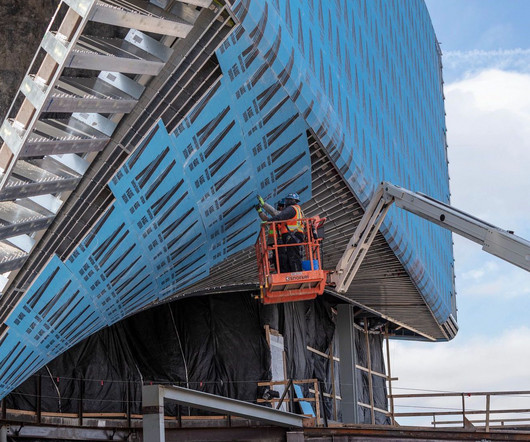






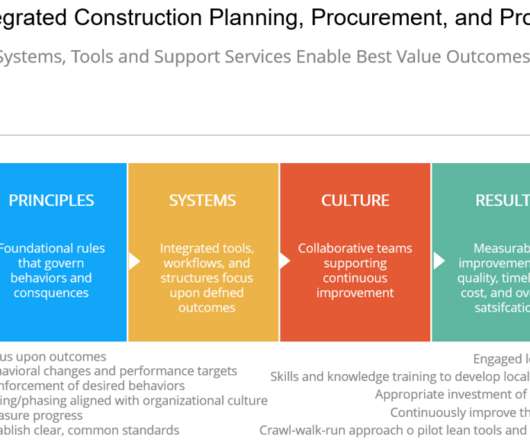


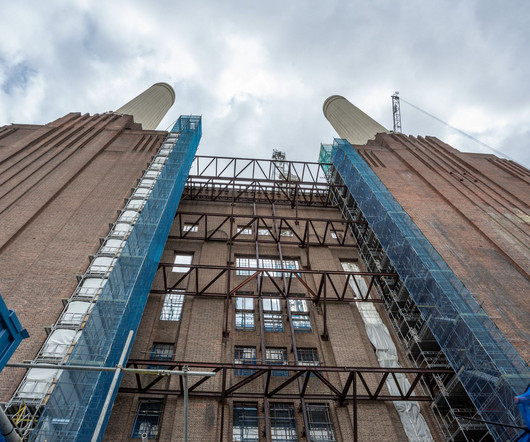






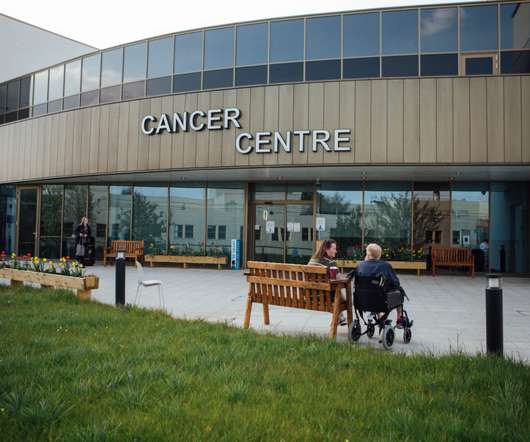








Let's personalize your content